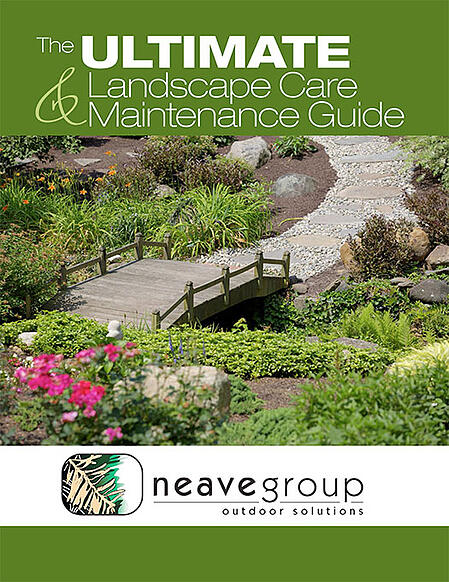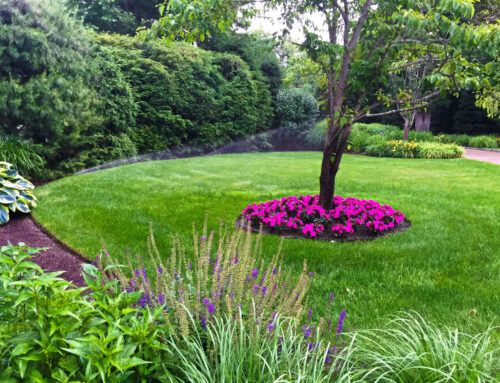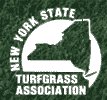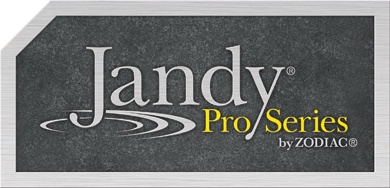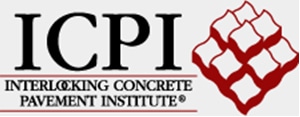Whether the trees on your property have been around for just a few years or a few hundred years, it’s easy to take them for granted.
But when it comes to identifying an unhealthy tree, for most homeowners, it can be anything but easy. And if a tree (or multiple trees) on your property has a problem left unaddressed — pest or disease — it can get out of hand pretty quickly.
From thousand cankers disease to any type of borer, the plant health care (PHC) experts at Neave have seen it all — and treated it all, too.
That said, with summer right around the corner, we wanted to make sure we had one of the more common summertime tree health offenders on your radar: A tree pest called Bronze Birch Borer.
What Is A Bronze Birch Borer?
Native to North America, the bronze birch borer (Agrilus anxius) is something we consider a serious pest and threat to a variety of birch trees in our region, including the popular white and paper-barked birches.
In adult form, this beetle (shown) has a slender, dark bronze appearance and a length of up to ½ an inch. In late spring and early summer, adult females will lay their eggs in the cracks of susceptible birch trees. Once the larvae hatch — a little more than a week later — it begins boring into its host tree to feed on the tissue under the bark.
Larvae emerge as adults the following spring. These adult bronze birch borers will feed on the host tree’s young foliage for a few days and then start laying eggs to begin the cycle all over again.
3 Bronze Birch Borer Symptoms
Now you know what a bronze birch borer looks like. But we think it’s even more helpful to know how to spot the signs of bronze birch borer damage.
Here are three common bronze birch borer symptoms. Keep in mind, this tree pest generally attacks older, weaker birches.
Yellowing, Thinning Foliage
This is an early warning sign your birch tree(s) is playing host to this tree pest — particularly noticeable in hot, dry weather. Starting at the top of the tree, leaves will begin to yellow then brown, foliage will get sparse and the tips of upper branches will start to brown.
Over time, this damage will continue to creep down the tree from branches to the main trunk.
The D-Shaped Holes
Sometimes relying on discolored leaves alone to identify bronze birch borer can be misleading because birch leafminers are also known to turn a birch tree’s foliage brown.
Another step in positively identifying a bronze birch borer infestation is the presence of D-shaped holes. These unique holes are made when the adult bronze birch borers emerge from the tree in spring.
Trunk Tunnels
This pest’s larval feeding tunnels is a big reason branches die on birches. These irregular, zig-zagging tunnels creates a girdling effect on the tree’s trunk, which resembles ridges and ripples on the outside of the tree. This girdling restricts the flow of plant sap, water and nutrients within the birch.
Bronze Birch Borer Prevention & Treatment
If you have trees infested by bronze birch borer and decide to forego treatment, this tree pest will move downward and eventually kill the entire tree in as quick as two to three years.
Prevention
- Proper plant selection: If possible, always select pest-resistant varieties of plants and trees for your landscape. Not sure which species will thrive and resist this tree pest in our region? Just ask us.
- Proper plant installation: To ensure a healthy start for your trees, birches prefer growing conditions that are cool, relatively moist and shaded. This means they are not well suited for most new-home developments that tend to be open, sunny, exposed.
- Add mulch: A fresh application of mulch (2 to 4 inches) over a tree’s root zone to keep soil temperatures in check and retain moisture.
- Tree fertilization: During unusually dry periods, it’s important your trees are continuing to receive proper nutrients and sufficient water to reduce stress.
- Branch pruning: Since these borers are attracted to freshly pruned sites, prune any unhealthy or dead branches in the fall (when borers aren’t active).
Treatment
- Prune infested branches: Spotted an infested branch or two? If they’re infested with bronze birch borer larvae, only prune those branches in early spring.
- Apply insecticides: There are a number of pesticides registered for use to control and treat bronze birch tree infestation. And some insecticides will need repeat applications — so follow the label recommendations closely. The timing of insecticide applications is also extremely important because once the larvae bore into the bark they are out of reach of insecticides. For these reasons, we highly suggest leaving this step to a plant health care professional.
Neave Knows Tree Health Care
One of the main reasons someone will contact a plant health care expert is because they’re concerned about the health of a tree or shrub.
Discoloration, shedding bark or leaves falling are all signs that something may be wrong. Minor problems can usually be fixed quickly, but if they go undetected then the plant’s health becomes endangered. If the problem is too far gone, the tree will have to be removed and replaced at a much greater cost.
Avoid that worst case scenario by staying proactive with your landscape.
At Neave Lawn Care, our arborists and PHC specialists receive training that exceeds the industry standard and Neave Lawn Care has over forty years of direct experience. In short, we know how to recognize problems, assess solutions and apply them.
Contact Neave Lawn Care today to schedule your free consultation and site analysis! If you have an insect or pest control problem that needs immediate attention, don’t hesitate! Our integrated pest management services will ensure that your plant’s health is maintained to the highest levels with the kind of attention and care they deserve.
Images: Bronze Birch Borer, Yellowing leaves, D-holes, Trunk tunnels, Birch tree


